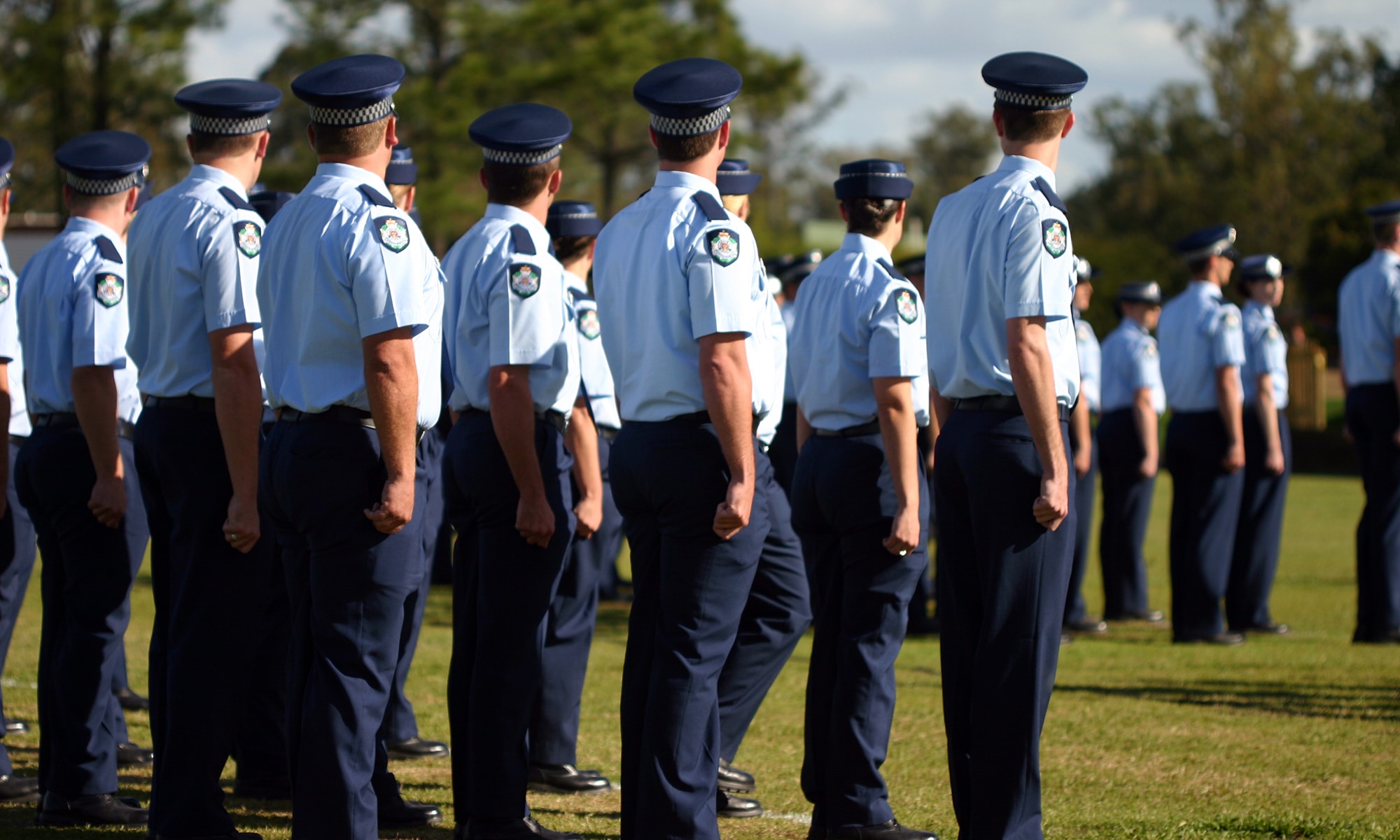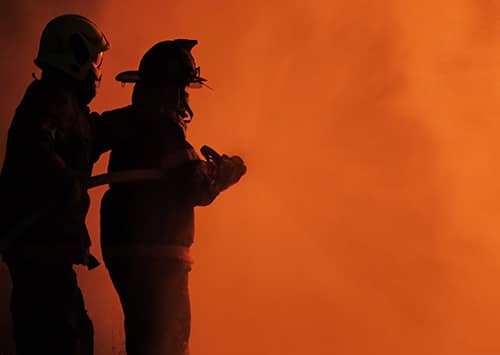Specialized needs. Blended learning requirements. New systems, procedures, and tools. When you’re considering first responder or military training endeavors, you quickly realize the critical role of online training platforms and the outcomes they make possible.
Online systems create more learning opportunities in remote locations where staff or other resources are at a premium. The change makes sense at face level: Logistically, financially, and from a planning perspective, it is almost always easier to get people behind the screen than to have them physically move from place to place. Looking deeper, however, it is clear the right tools can have immense benefit beyond the classroom—by supporting all the other areas of blended learning where distribution can create challenges.
Of course, responder and military organizations are hardly new to the idea of distributed training needs. Recruit training in the military requires massive coordination across multiple sites and thousands of participants, all of whom must perform with at least some degree of skill to carry out their role. Instead of reinventing the wheel, platforms like the Acadis® Readiness Suite are designed to meet the needs of organizations with distributed and blended learning environments. Built to support the logistical, educational, and administrative duties of public safety organizations, such systems enhance existing training processes through online learning capabilities that organizations often can’t acquire organically.
Supporting truly blended learning efforts—in the field and beyond
To start, think about all the different shapes that training must take to be effective. In a military or law enforcement environment, there are a lot of moving parts. Certain tasks, such as hand-to-hand combat training or driving instruction, must be carried out in a specialized environment. Others, such as certain lab topics, are best suited for in-person classrooms, while most knowledge topics lend themselves perfectly to the online environment.
Combined, these types of coursework create the large blended-learning environment familiar to most responders and military personnel.
Returning to the many moving parts mentioned earlier, consider now the various points of data that influence and determine who goes to which training. Rank or role, seniority, specialization, previous training history, and numerous other factors—all of which require direct observance—can greatly complicate educational efforts, especially when that data is stored between a collection of manual and legacy analog systems. Even harder is trying to understand where individual students stand in their training and qualifications across all means of delivery.
The right training systems will streamline the logistics and administration of training while also consolidating all of the various training data and artifacts—from classroom exam scores to field training observations. When your management system is built with your industry in mind from the start, it’s easier to collect, edit, and review that specialized data as needed. With Acadis, it’s all there in a single web-based portal. Compared to bouncing between systems and manually compiling data to make a determination, it’s a big step up to use a centralized system to access an organization’s training and training records.
Mastering (all) the environments
Following that, it’s also fair to say that most distributed military and responder organizations aren’t just distributing to their frontliners. Field office workers, remote employees, and others also need quality training to perform their roles, and the advantages that make portal-based administration such a boon apply just as well here.
An online training platform built for the industry will support them as well. For example, the Acadis Performance Management Portal module enables instructors and other stakeholders to use the system (when mobile data or regular internet connectivity is available) to view per-student data, record test scores and observations, and give standardized instructions that reach everyone—no matter where they’re training from.
Then there are challenging physical training environments themselves. Imagine a long firing range in a rural setting, or a defensive driving track that has very little need (and even less budget) for networking capability on a day-to-day basis. In these settings, a lack of connectivity may force an agency to revert to paper-based systems for aspects of their training, with instructors manually updating systems when they reach a connected computer.
While network connectivity is a must for almost any management system out there—including ours—Acadis is specially designed to sidestep this obstacle: Field trainers can record relevant data during the (offline) training session, then automatically upload it once they have a suitable connection.
Conclusion: Get distribution out of the way
Distributed or blended training is not a new challenge to responder and military organizations, who have often grappled (to varying degrees) with the challenge of providing large groups of decentralized people information that could literally save lives.
The difference between now and then? Today you have tools available to take the pain out of all manner of distance learning efforts. With Acadis, you get exactly what you need to design, administer, and manage the distributed training system—and tools that are thoughtfully designed and tailored to support your organization’s roles, mission, and unique challenges.












